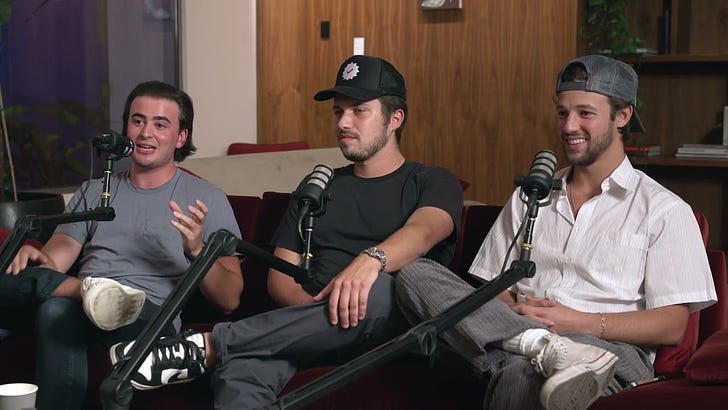Is The Creator Economy Still A Good Investment Opportunity?
I say yes. We just need to look at the Creator Economy from a different perspective.
Author’s Note: I have a minor update to share with my readership in the coming days. Until then, here’s an article that’s been in the content vault for a while that I’d like to share.
Recommended reading to fully understand this piece:
There is growing skepticism on whether serving content creators results in a viable business. Creator economy startups that raised on the promising narrative of growth now face the dire reality of profitability.
Cameo, the personalized celebrity video messaging service recently valued at $1B, recently laid off a significant portion of workforce. While it’s only one startup out of many in the Creator Economy, it’s been one of the standout creator-focused startups facing startup headwinds lately.
Passes acquired Fanhouse late last year on the influencer space's tail end. While there were various reasons why the latter struggled and ultimately reached an exit, it’s another sign of the struggles of serving creators.
Can content creators become the new SMB market?
I say yes. We just need to look at the Creator Economy from a different perspective.
The majority of startups compete within the Monetization segment of the creator population. The abundance of companies in this segment implies that enough creators generate significant revenue to be profitable customers from which one can build a viable business.
But the data doesn’t support this. According to Linktree, roughly ~75% of the 200M content creators they estimate have between 0 and 10K followers.
Some more important statistics from Linktree’s Creator Report:
46% of full-time creators make less than $1k
68% of part-time creators make less than $1k
94% of beginner creators haven’t either monetized at all or monetized but make less than a liveable income
The cold truth is that most creators are not at a stage where being a monetization startup makes sense.
However, Spotter, a creator financing tool, successfully serves the creators monetized at scale. Spotter provides creators with capital in exchange for future revenue on the latter’s catalog of YouTube content. Spotter boasts some of the top U.S.-based YouTubers who have done business with the platform, including the largest one: MrBeast.
Creators can be the new SMBs, but only the largest as of right now. Creators like MrBeast are SMBs as they need to make large capital expenditures to produce future content. Capital is a necessity for creators of his size. It’s a small, concentrated market. Quite frankly, this is the only creator-financing startup that makes sense! We are seeing the dawn of a new asset class: content ad revenue securitization.
For others, startups should focus on helping creators get their first 100 fans. Airbnb CEO Brian Chesky’ said, “Focus on 100 people that love you, rather than getting a million people to kind of like you.”
Multiple startups have an overwhelming opportunity to help creators discover and build a community of their first 100 fans. I’m bullish on startups focused on the Community segment of the Creator Economy.
Yet, there’s one more alternative we haven’t considered: instead of content creators being the new SMBs, maybe SMBs are the new creators!
Soda





